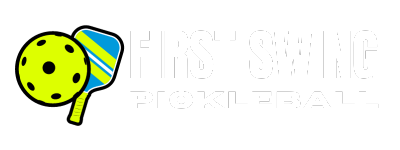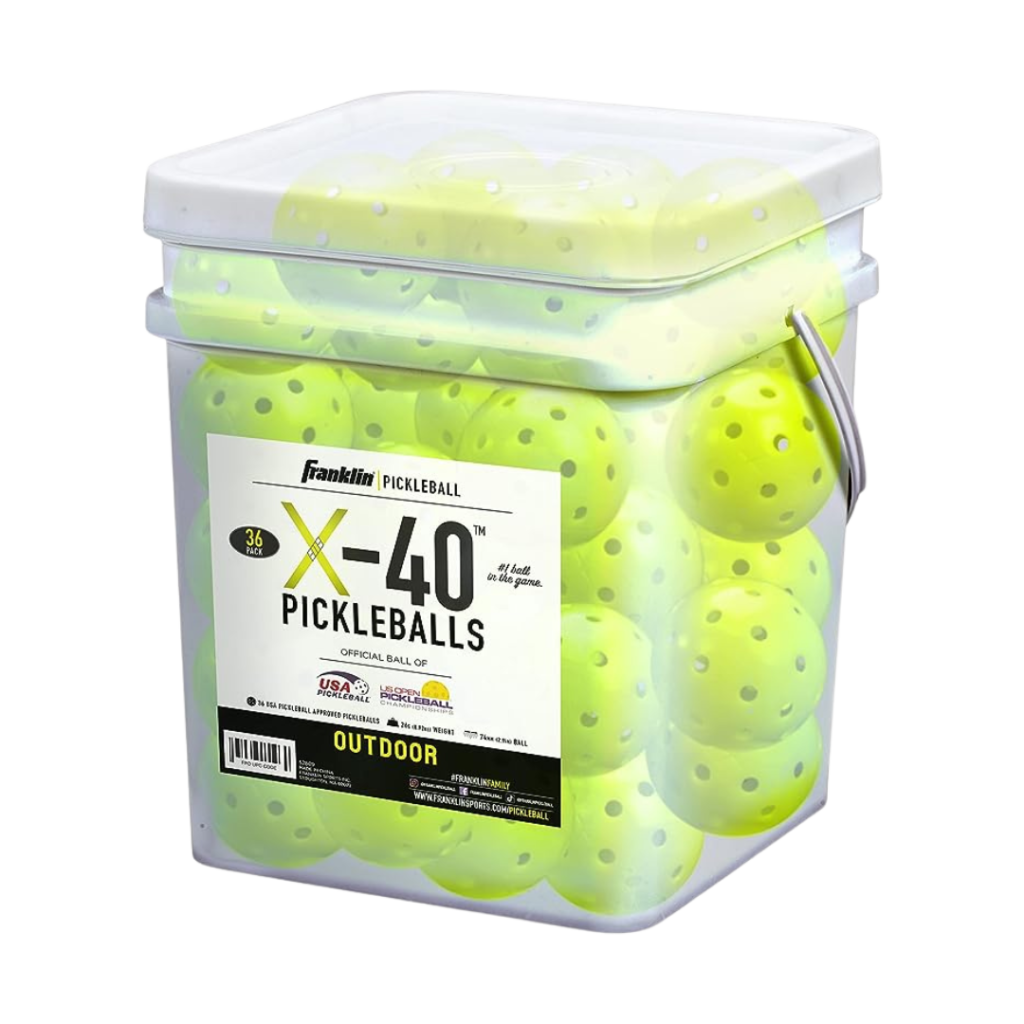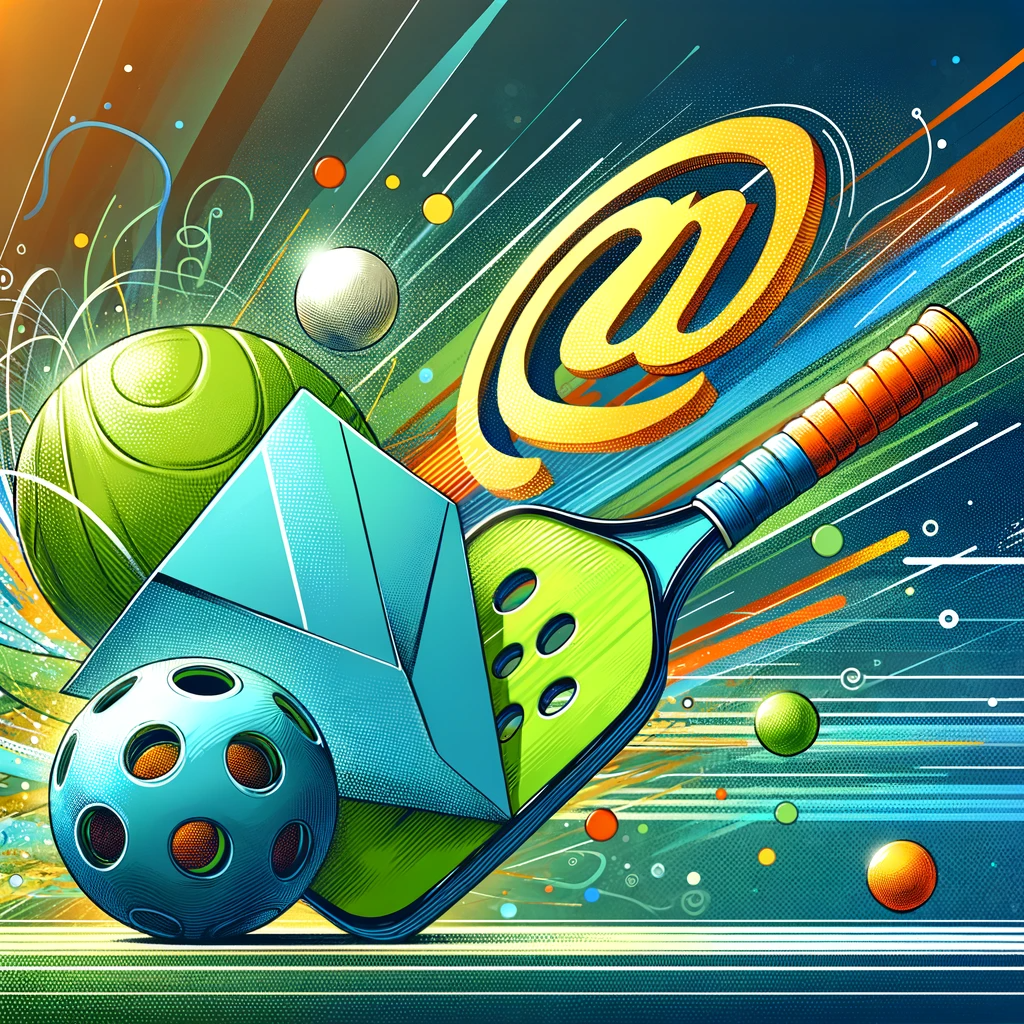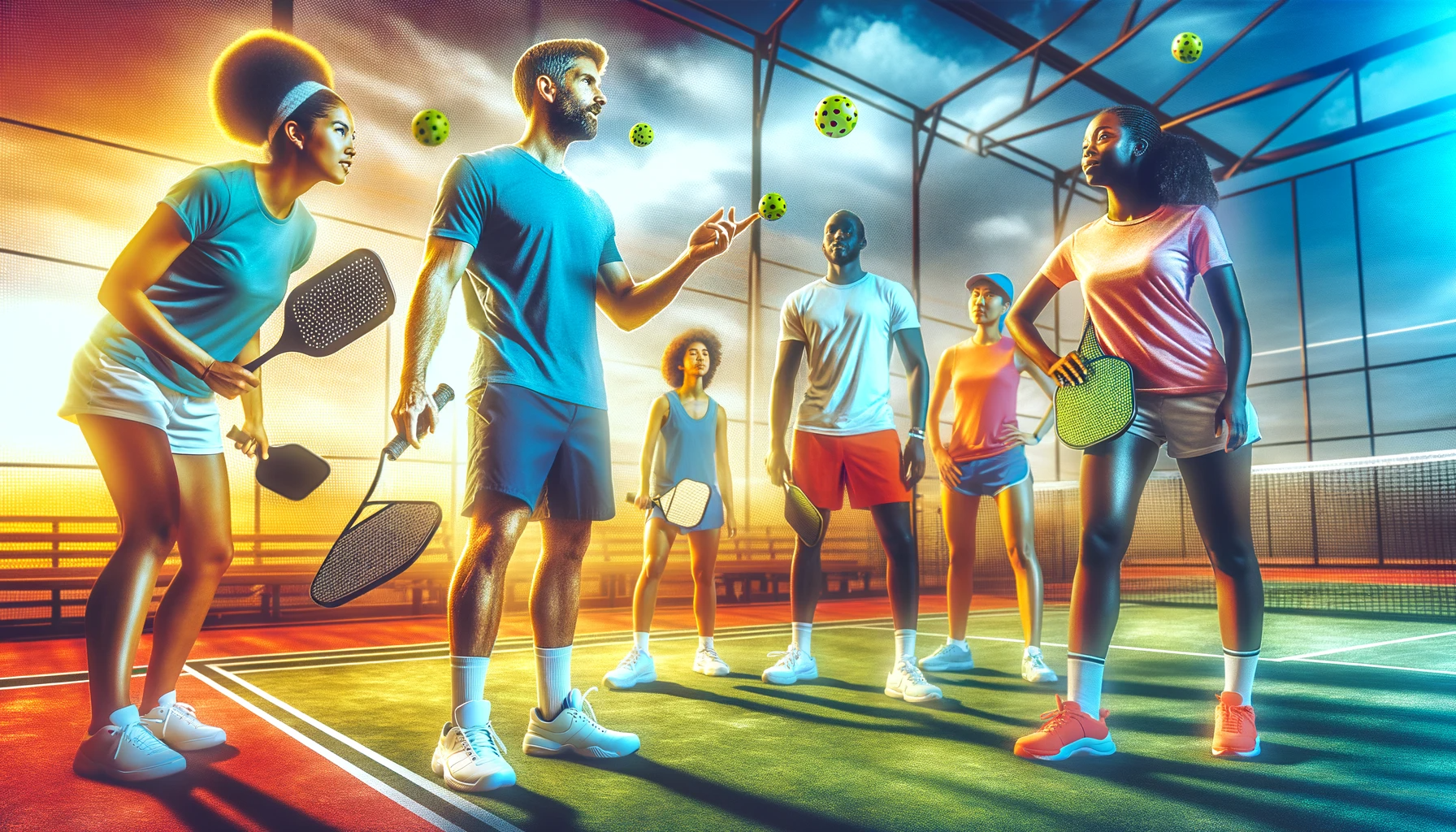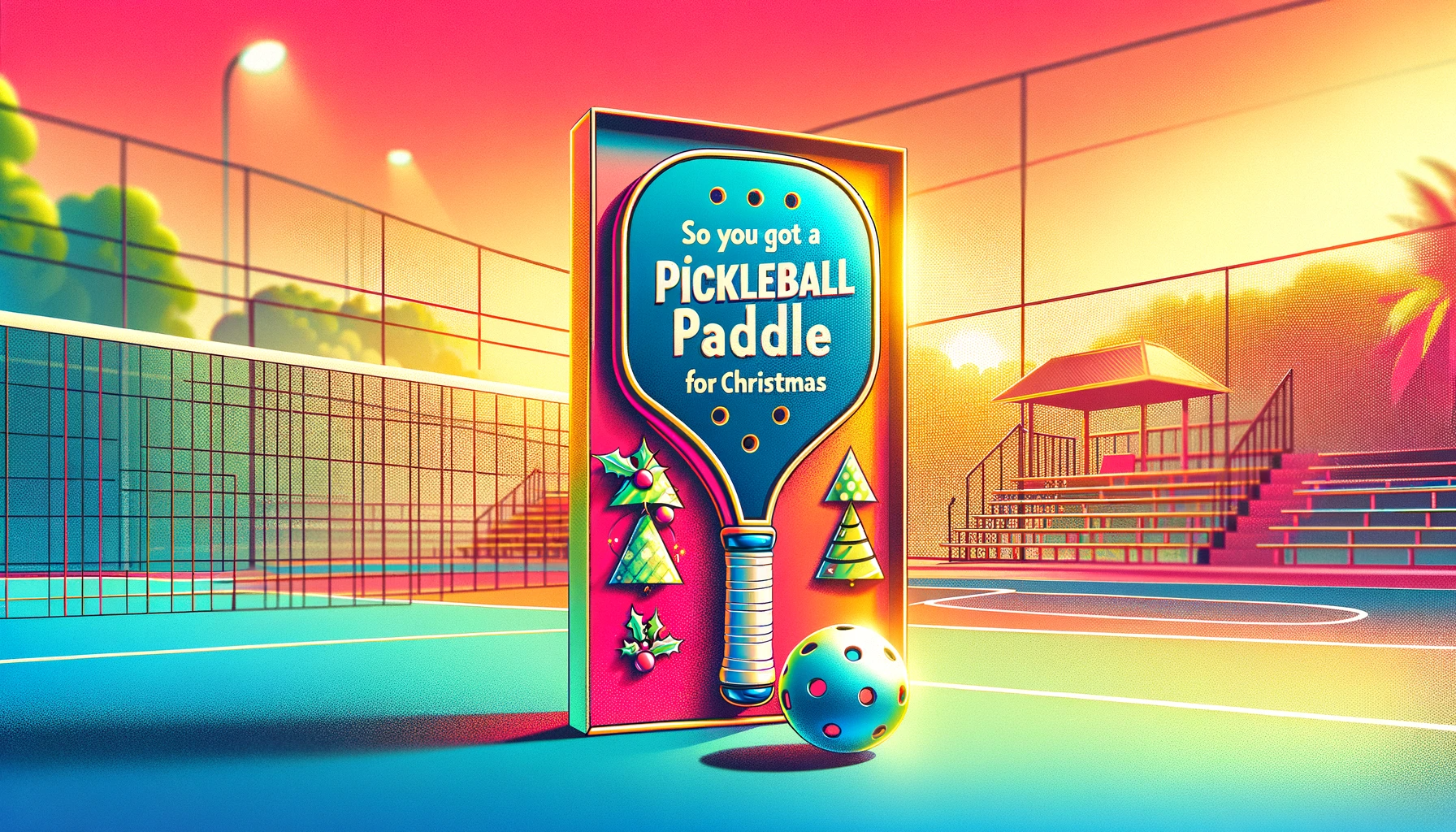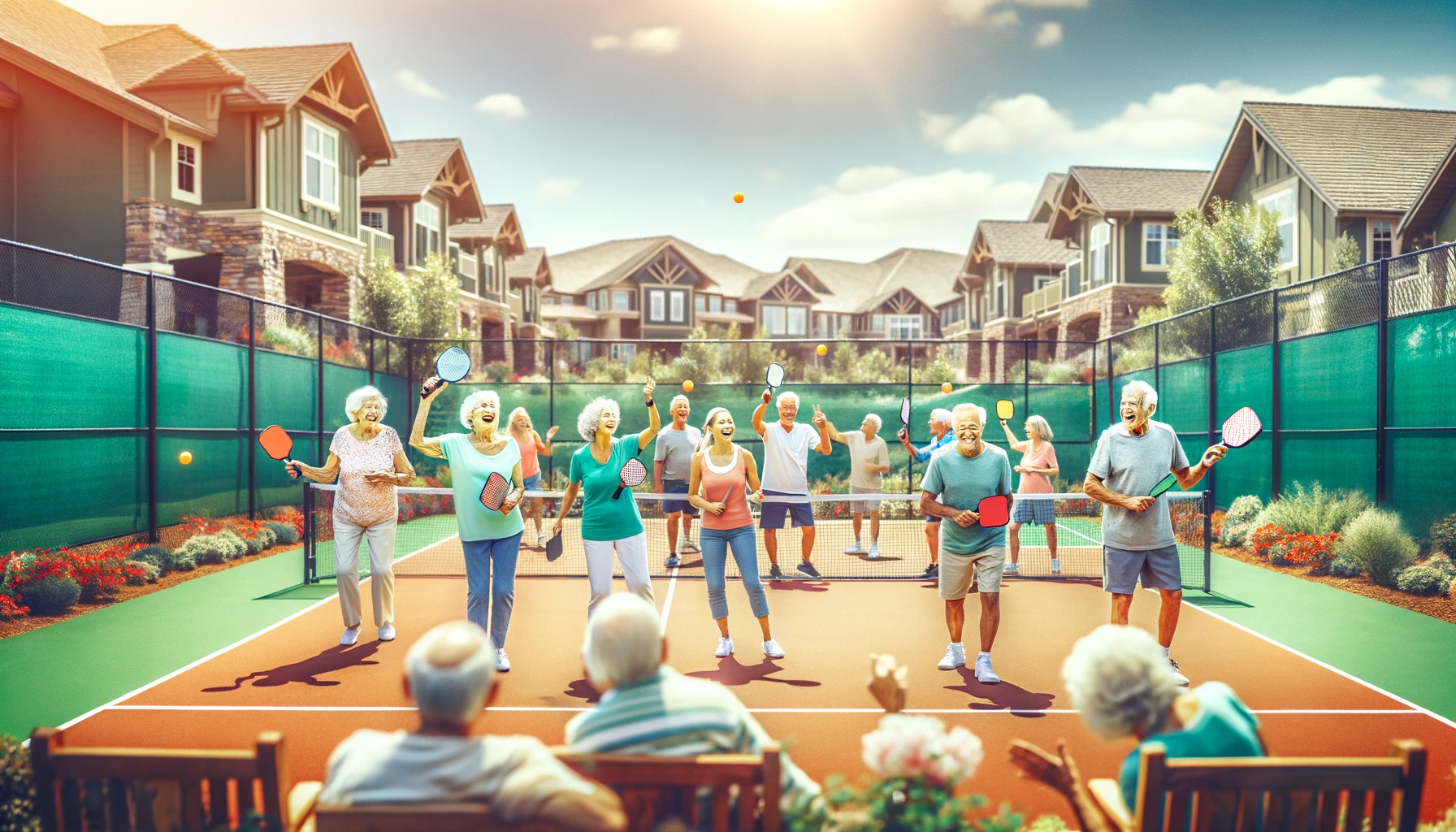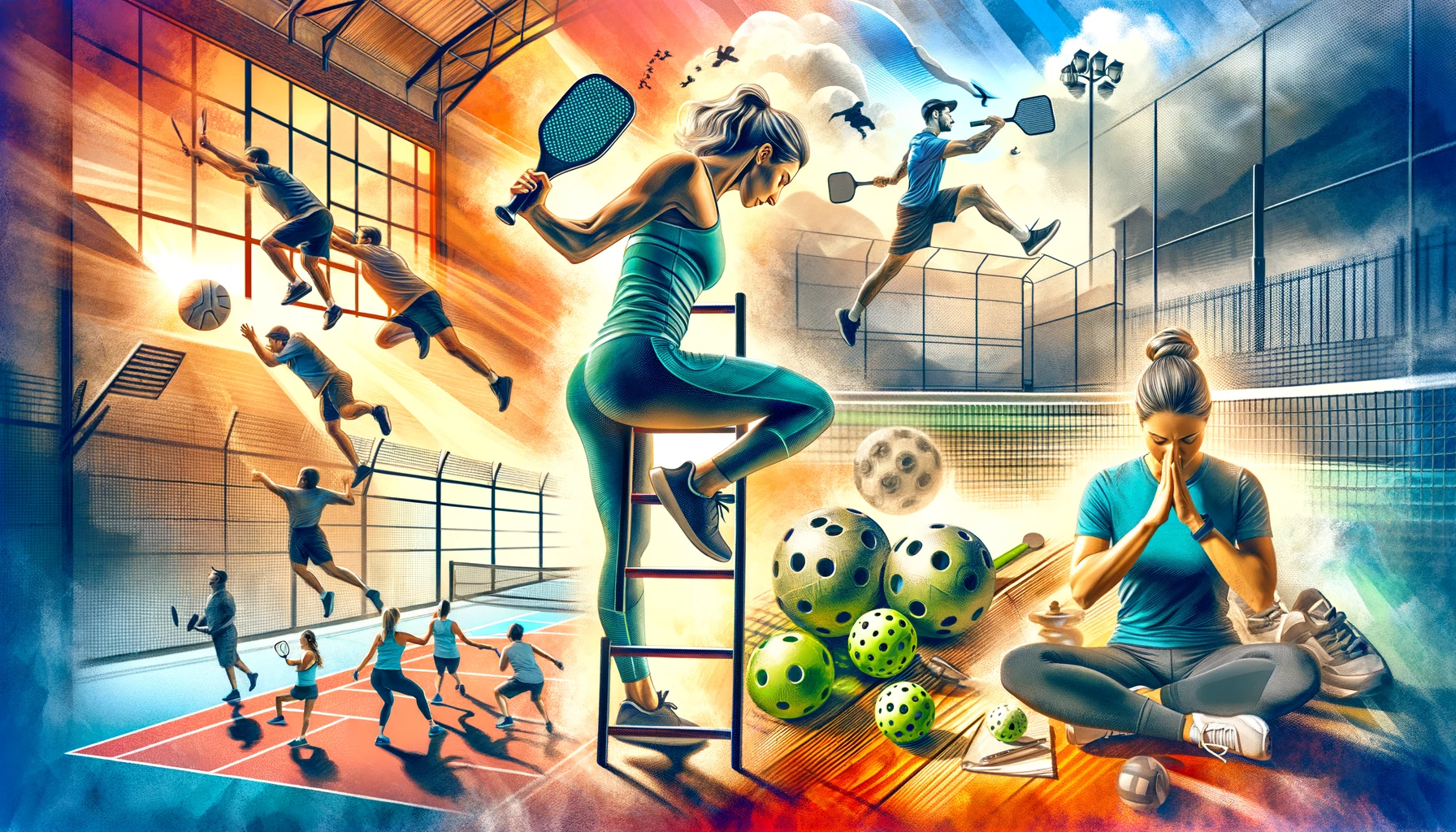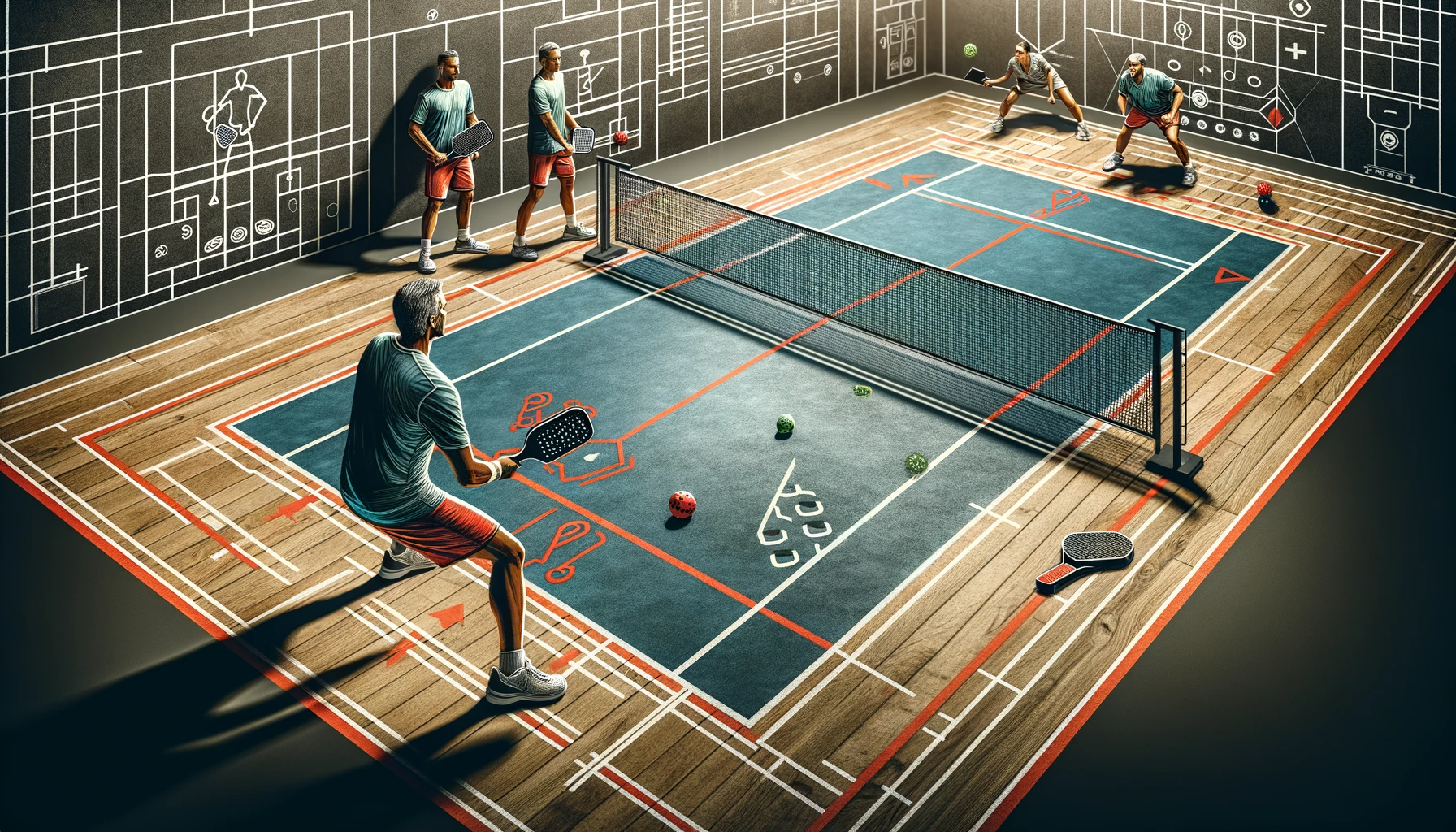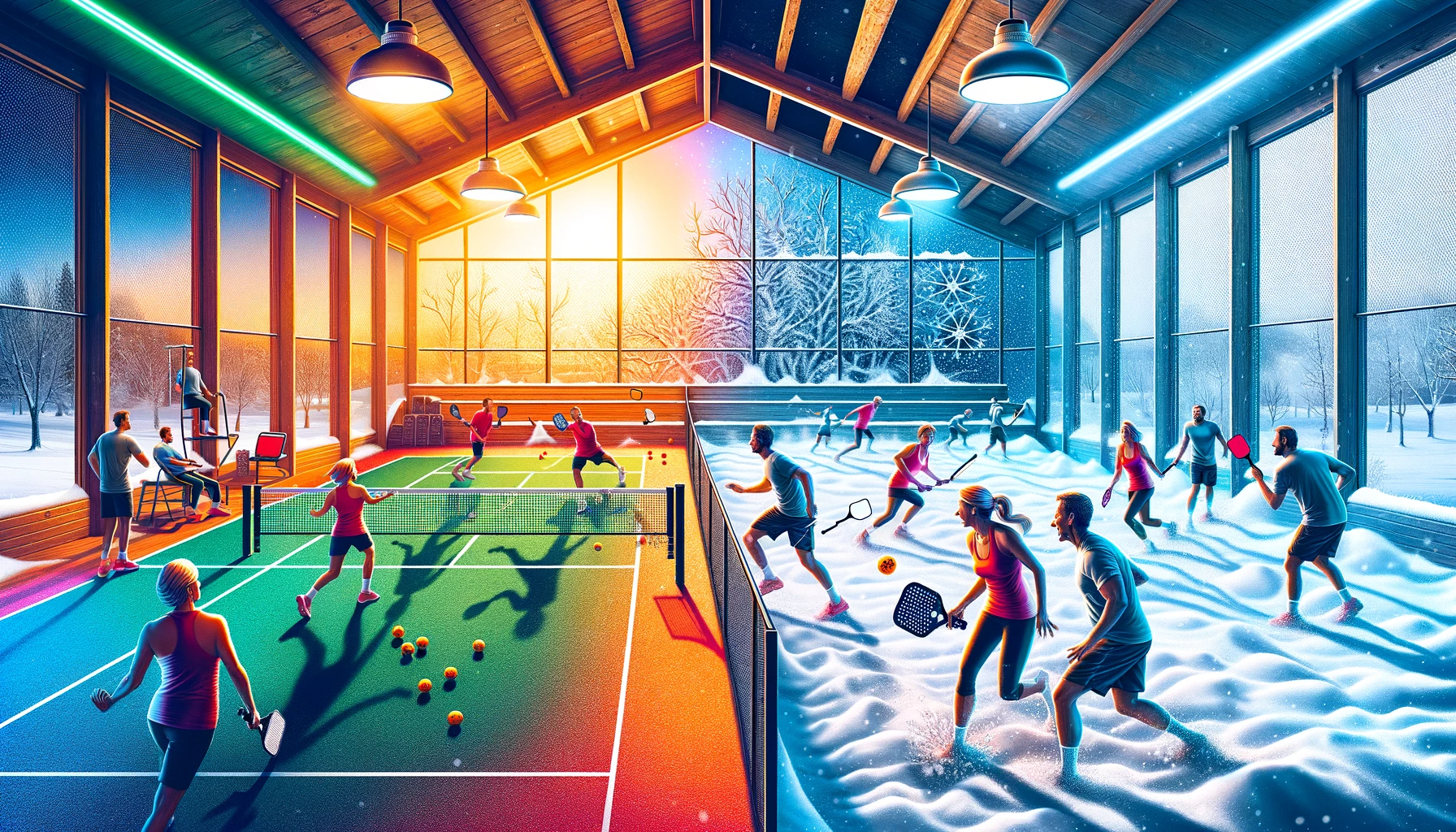
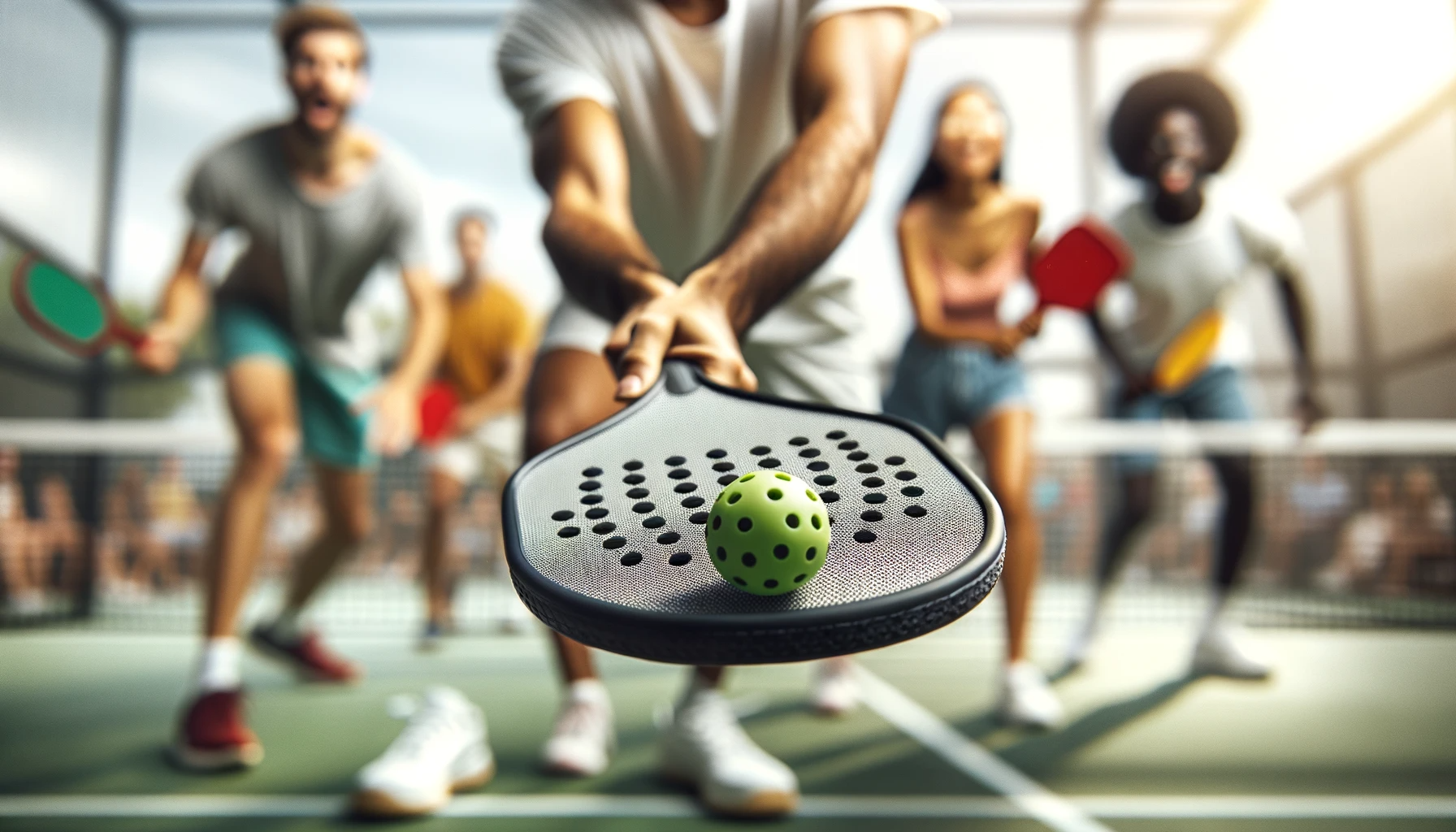
Home > Pickleball 101 > The Surprising Power Move in Pickleball: Mastering Footwork
The Surprising Power Move in Pickleball: Mastering Footwork
Pickleball, a racquet sport that has seen exponential growth in recent years, combines elements of tennis, badminton, and ping-pong. As players scramble to gain mastery over the sport, many overlook one pivotal aspect: footwork. In this guide, we will delve deep into The Role of Footwork in Dominating Pickleball.
The Role of Footwork in Dominating Pickleball
When you think of pickleball, paddles and strategy might come to mind first. But the unsung hero of the game? It's footwork. Proper footwork not only prevents injuries but also sets the stage for stronger shots and better positioning.
Understanding the Basics of Pickleball Footwork
- The Stance: Adopting a neutral, ready stance is crucial. This allows players to move in any direction swiftly.
- Sidestepping: Instead of turning and running, sidestepping keeps you in position and ready for the next shot.
- Cross-Stepping: Used when more ground needs to be covered, cross-stepping helps maintain balance and speed.
Advanced Footwork Techniques for the Pro Player
- The Pivot: Essential for quick directional changes.
- Drop Step: Useful for backpedaling without losing balance.
- Jab Step: A deceptive move to keep opponents guessing.
Training Drills to Enhance Your Footwork
Consistent training can bring about substantial improvement. Here are some drills:
- Cone Drills: Zig-zag through cones to improve agility.
- Shadowing: Mimic the footwork patterns without hitting the ball.
- Ladder Drills: Quick steps in and out of ladder rungs enhance speed and coordination.
How Proper Footwork Aids in Shot-making
Footwork isn't just about movement; it directly impacts your shot quality.
- Groundstrokes: A balanced stance ensures powerful and accurate groundstrokes.
- Volleys: Quick steps enable better net play.
- Serve: A robust initial step sets the tone for a strong serve.
The Physical and Mental Benefits of Good Footwork
- Injury Prevention: Proper footwork reduces strain on the knees and ankles.
- Stamina: Efficient movement conserves energy.
- Mental Edge: Being in the right position boosts confidence.
Common Footwork Mistakes and How to Avoid Them
- Overstepping: Takes you out of position. Short, quick steps are more effective.
- Being Flat-footed: Always stay on your toes.
- Not Using the Entire Court: Utilize the whole court to make opponents run.
The Role of Footwear in Enhancing Footwork
The right shoes can make a world of difference.
- Traction: Look for non-slip soles.
- Flexibility: Shoes should allow for quick directional changes.
- Support: Ensure good ankle and arch support.
FAQs
How often should I practice footwork drills? Practicing footwork drills 2-3 times a week can lead to noticeable improvement.
Is it too late to correct my footwork if I've been playing for years? It's never too late! With consistent practice, anyone can improve their footwork.
Do I need a partner to practice footwork? While some drills are enhanced with a partner, many can be done solo.
How does footwork differ from tennis or badminton? Each sport has its nuances, but the foundational principles of balance, quickness, and efficiency remain the same.
Can proper footwork improve my overall game strategy? Absolutely! Good footwork allows for better positioning, which can open up strategic avenues during play.
Is there a specific type of footwear recommended for pickleball? While there's no one-size-fits-all answer, it's crucial to choose shoes that offer grip, flexibility, and support.
Conclusion
While paddles, strategy, and technique are often highlighted in discussions about pickleball dominance, footwork remains the backbone of a player's success. By understanding its significance and diligently practicing, players can dramatically elevate their game. The role of footwork in dominating pickleball cannot be overstated; it's the secret weapon in every pro player's arsenal.
